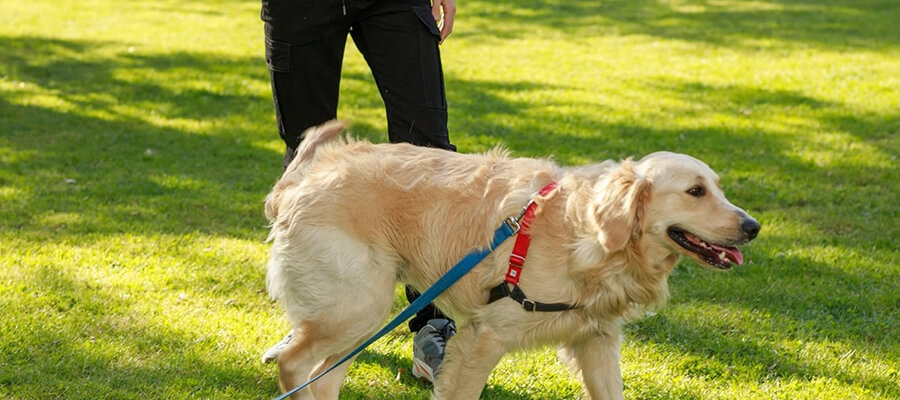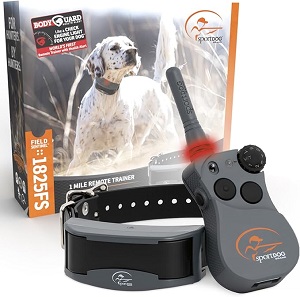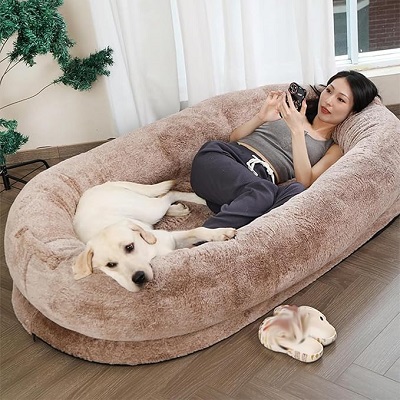
How to Train Your Dog to Ignore Distractions
Train Your Dog to Ignore Distractions
Introduction
Every dog owner knows the struggle: you're trying to teach your dog a command, but every passing squirrel, fellow dog, or interesting scent grabs their attention instead. Distractions can make training challenging, but with the right techniques, you can help your dog learn to focus and ignore what’s going on around them. This guide will provide you with effective strategies to train your dog to ignore distractions, enhancing their obedience and overall behavior.
1. Understanding Distractions
Distractions can come in many forms, including:
- Visual distractions: Other animals, people, moving objects.
- Auditory distractions: Sounds like traffic, other dogs barking, or loud noises.
- Olfactory distractions: Scents from food, other animals, or intriguing environments.
Understanding that distractions are a natural part of your dog’s world will help you frame your training sessions positively. By addressing distractions directly, you can teach your dog to remain focused on you and your commands.
Essentials for Your Newly Adopted Pet
Welcoming a shelter pet into your life is a beautiful journey. Here are some handpicked items to help your new friend feel safe, loved, and right at home:
2. Establishing a Strong Foundation
Before tackling distractions, ensure your dog has a solid understanding of basic commands such as "sit," "stay," and "come." A strong foundation of obedience will make it easier for them to learn how to ignore distractions later.
Training Tips:
- Use Positive Reinforcement: Always reward your dog for following commands. Use treats, praise, or toys as incentives.
- Practice in a Controlled Environment: Start training in a quiet place with minimal distractions. Gradually introduce distractions as your dog becomes more comfortable.
3. Gradual Exposure to Distractions
Start Small: Begin by training in a quiet environment where there are minimal distractions. Once your dog can focus on you, gradually introduce mild distractions (like a toy nearby or a friend walking by). The goal is to increase the level of distractions slowly while keeping your dog engaged.
Controlled Distraction Training:
- Choose a Distraction: Have a friend or family member act as a distraction, or use a toy that your dog loves.
- Practice Commands: Use a command your dog knows well, like "sit." When they obey, reward them immediately.
- Increase the Difficulty: Once your dog can focus on you amidst mild distractions, introduce more significant distractions (e.g., another dog walking by or playing nearby).
4. The "Look at Me" Command
The "Look at Me" command is an essential tool for training your dog to ignore distractions. Teaching your dog to focus on you instead of their surroundings is key.
How to Teach the "Look at Me" Command:
- Get Their Attention: Hold a treat close to your face, allowing your dog to see it.
- Say “Look at Me”: When they make eye contact, reward them immediately.
- Practice: Repeat this in various environments, gradually increasing distractions. Always reward them for making eye contact.
5. The “Leave It” Command
The "Leave It" command is another valuable tool to help your dog ignore distractions, especially when they’re tempted to engage with something enticing.
How to Teach the "Leave It" Command:
- Prepare Treats: Hold a treat in each hand. Show your dog the treat in your closed fist while saying “leave it.”
- Wait for Focus: When your dog stops trying to get the treat and looks away, praise them and reward them with the treat in your other hand.
- Practice in Distractions: Gradually practice “leave it” in environments with more distractions, rewarding your dog for ignoring the distractions and focusing on you instead.
6. Use High-Value Rewards
When training your dog to ignore distractions, using high-value rewards can significantly increase their motivation. These are treats or toys that your dog finds particularly enticing.
Examples of High-Value Rewards:
- Soft training treats.
- Small pieces of chicken or cheese.
- Favorite toys or play sessions.
The more appealing the reward, the more likely your dog will focus on you and ignore distractions.
7. Practice “Focus” Sessions
Setting aside specific training sessions focused solely on improving your dog’s ability to ignore distractions is essential. Here’s how to structure these sessions:
- Choose a Location: Start in a low-distraction environment and gradually move to busier locations (like a park).
- Use a Leash: Keep your dog on a leash for safety and control.
- Introduce Distractions: Slowly introduce distractions (like toys or people) while asking for commands like “sit” or “stay.”
- Reward Focused Behavior: Always reward your dog when they successfully ignore distractions and focus on you.
8. Incorporate Training into Daily Life
Incorporate training into your daily routine to reinforce the skills you’ve taught your dog. This can help your dog become accustomed to ignoring distractions in various situations.
Tips for Daily Training:
- Walks: Use walks as training opportunities. When passing by other dogs or people, ask your dog to "sit" or "look at me" to encourage focus.
- Meal Time: When feeding, have your dog perform commands before getting their food. This reinforces focus even in the presence of food-related distractions.
- Play Time: During play, introduce distractions (like throwing a toy) and practice commands to help your dog learn to stay focused even when excited.
9. Managing Distractions During Socialization
Socialization is crucial for your dog, but it can also present many distractions. Here’s how to manage distractions during socialization with other dogs or people:
- Controlled Socialization: Start with controlled playdates where you can monitor interactions.
- Gradual Introductions: Introduce your dog to new environments slowly, allowing them to acclimate while practicing commands.
- Encourage Focus: Use commands like “watch me” or “leave it” to help your dog focus on you rather than the distractions around them.
10. Be Patient and Consistent
Training your dog to ignore distractions is a gradual process. Celebrate small victories and be patient with your dog. Consistency in your training approach will lead to better results over time.
Conclusion
Training your dog to ignore distractions is an essential part of ensuring they can thrive in various environments. With a solid foundation of commands, gradual exposure to distractions, and effective techniques like “Look at Me” and “Leave It,” you can help your dog develop focus and obedience. Remember to use high-value rewards, practice regularly, and be patient throughout the process. With time and effort, you’ll have a well-trained dog who can enjoy life while remaining attentive to your commands.
Affiliate Products
We may earn a small commission when you shop through our links — it helps us keep sharing love and care for every dog out there, at no extra cost to you.
Up to 75% Discount

Dog Collar with Health Monitoring
BUY NOW »
Up to 55% Discount

Luxury Faux Furhuge Napping Bed
BUY NOW »

